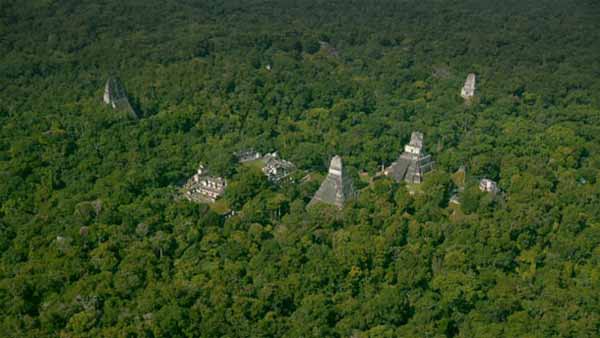An Invitation to the Church of the Open Question
Saturday, June 23rd, 2018[ by Charles Cameron — announcing a new blog for matters quasi-religious, poetical ]
.
The Church of the Open Question is the name of my church.
I have held this domain name, churchoftheopenquestion.com, for some years now, and a blog-church by that name should be coming online shortly — this is its first announcement.
My church bears that name because it expressly questions dogmatic formulations, while encourageing depthful exploration of the possible resonances of dogma that might go missing if all such formulations are dismissed out of hand.
Push open a question, leave it open, and what you have is possibilities.
The marvelous, beautiful, well-spoken Elizabeth Mattis Namgyel has titled her book on Tibetan Madhyamaka philosophy, The Power of an Open Question: The Buddha’s Path to Freedom, and I find myself to have come by a natural unfolding to a position very sympathetic to that which she has attained by the disciplined enterprise of Madhyamaka Buddhism under the tutelage of her husband, Lama Dzigar Kongtrül — a delightful homecoming for me.
I view my church — and the swing-doors that are its central feature — as offering a place where, for instance, Catholics who are leaving Catholicism may find certain doctrines illuminated as imaginative or poetic vehicles for wonder, which they can then carrry with them as spiritual values in an overwhelmingly secular and monteized societty, while those approaching the Church from outside it may find means of delighting in poetic or imaginative readings of texts that, stated in plain prose as definitive beliefs, are difficult indeed to swallow.
**
As an example, here’s a poem I wrote in this spirit, exploring the central symbolism of thr Christmas story..
Christmas for Buddhists
Suppose the full radiance inhabiting all things,
on the specific occasion we now celebrate,
finding itself as fond of narrative as of symmetry,
of emptiness as of fullness, decided
for the sake of teaching its selves a thing
or eight, to take on a newborn form,
while letting its nature shine forth visible
to its mum, sundry animals, three visiting kingsand an assortment of invisible winged beings —
what better place than the animal stall
outside an inn, where no room was available
for a pregnant visitor to give birth, could
that master of story, Original Face, choose,
to tell humanity: humility is the necessary virtue?
or it’s close cousin, exploring the Mass:
To suppose the Eucharist
Suppose the hypothetical all of everything
in unspooling itself chose to exhibit itself in
one human, suppose further all the sun’s
light were caught in wheat and baked into
bread, all the world’s pains and passions
crushed like grapes into wine, suppose the
one person took loaf and cup and with
word and gesture raised them blood, bodyof his own self to be supped and sipped,
thus woven into his one flesh, blood, mind —
just when his flesh is torn, blood spills —
suppose then that his mind to love were to
entrain this new body of many bodies to
heal with all radiance each instance of pain..
That one certainly owes something to Teilhard de Chardin, as the first may to Thomas Merton — this, then, will be above all a gathering or congregation of friends..
**
I’m encouraged by Dr Jordan Peterson‘s claim that he “wanted to establish a church .. in which he would deliver sermons every Sunday” — although in my own case, every now and then will have to substitute for every Sunday.
I have a first sermon lined up, too, in which I want to ask “What did Mozart see as Christ‘s life” when chosing the words “Ave verum corpus natum” to set to some of his most wondrous music? The answer’s a bit surprising, and suggestive of the many devotional moods the contemplation of that life can give rise to..
Coming shortly.. Clapton, too. And Anthony Bourdain.








